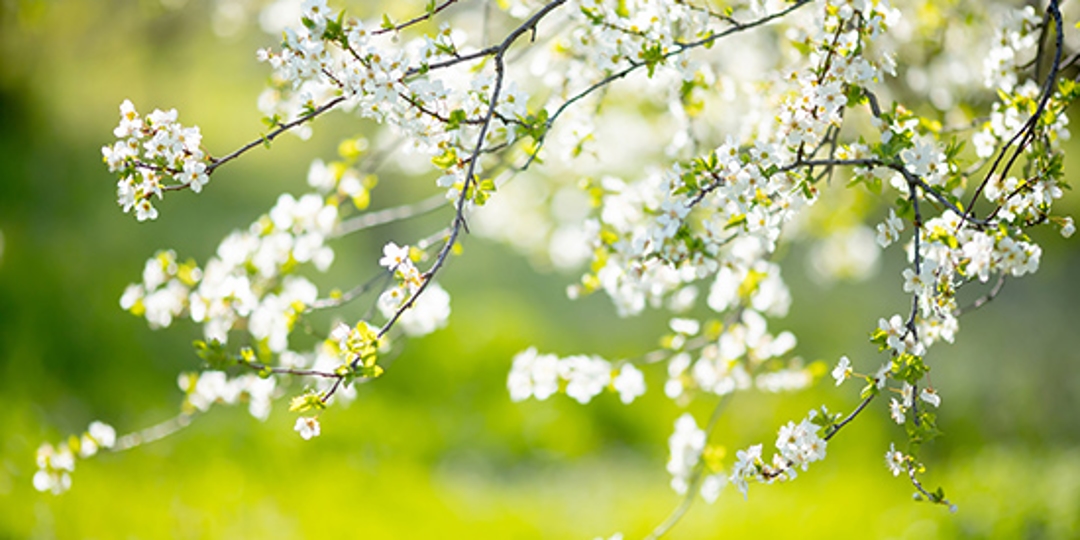Trees have survived without our help for millions of years, so why should we need to give them any assistance? First, a little of the right care at the right time can mean the difference between your tree surviving and your tree thriving. Second, a landscaped yard is a very different environment from the forest most trees are used to, so a few tweaks can help avoid some subtle but serious problems.
Mulch
Most trees are built to thrive in soils covered with one to three inches of loose debris made of sticks, leaf litter, and other organic matter. A more attractive substitute is wood mulch. The details of the particular mulch, whether it’s dyed or not, how many times it’s been ground, and so on, are of little importance. There are a few factors, though, that are important:
- Depth: the mulch must be no deeper than three to three and a half inches.
- Breadth: the mulch should be spread as widely as you can tolerate, up to two or three times the diameter of the crown at maximum
- Trunk space: the mulch should not touch the trunk. A one inch gap will keep the trunk dry and healthy
One of the most important jobs mulch does for trees in the landscape is keeping grass, and thereby mowers, away from trees. Though it may not seem like it, the snap of a string trimmer or a bump from a riding mower can do enough damage to kill sensitive and important tissues under the bark. Repeated damage from mowers can, and often does, kill trees.
Water
Just like us, trees can tolerate having too little water for a while, but not without negative effects. Ideally, most North American trees prefer at least an inch of water per week over their root zone when the leaves are out. In dry times, watering your most important trees can make a big difference and help the tree more easily deal with other stressors, like bad weather, insects, and disease. Drip irrigation or water bags are great ways to introduce large amounts of water slowly, ensuring deep infiltration. Ideally, the irrigation should get at least eight inches into the soil. The depth of the watering can be checked with a shovel or trowel.
Check for signs of trouble
A visit from a Professional Arborist working for an insured local tree company is almost always free, but there are many signs of trouble anyone can look out for. Here’s a short list of signs your tree may need some help from the professionals:
- Late leafing out or early leaf drop
- Small leaves or a thinner canopy than other nearby trees of the same species
- Fine sawdust (frass) at the base of the trunk
- Large sections of bark falling off
- No trunk taper, trunk looks like a telephone pole where it meets the ground, or looks pinched
- Roots crossing over the trunk
- Large amounts of dead branches throughout the tree
- Cracks, creases, or places where the bark folds in between the branches
- No leaves at the tips of many branches, especially at the top
- Heaving soil near the base of the tree during wind
- Signs of insects such as webs, droppings, sticky liquid dripping from the tree, caterpillars, holes in the leaves, or unusual lumps on the leaves or stems
- Pale, mottled, or otherwise discolored leaves
- Creaking sounds
Any of these signs, especially more than one of them at once, or anything else that seems unusual is cause to have a professional evaluate the tree. Trees generally do a good job taking care of themselves, but a little bit of attention and care can go a long way towards ensuring your tree has a long life.
IN NEED OF PROFESSIONAL TREE SERVICE? WHETHER FOR TREE REMOVAL, TRIMMING AND PRUNING OR TREE AND PLANT HEALTH CARE, CONTACT THE TREE EXPERTS AT MONSTER TREE SERVICE TODAY!

